Top 10 LEED-Certified Buildings in New York State
The first three quarters of 2020 through LEED lenses—a list with the top LEED-certified and recertified buildings in New York through September.
New York ranked third in the country last year in the USGBC’s Top 10 States for LEED certification. Throughout the state, 193 projects amounting to more than 72 million square feet of space were LEED-certified to a certain degree in 2019, according to data from the rating agency.
In preparation for the upcoming Greenbuild conference, we’ve extracted data from the U.S. Green Building Council website and filtered the results to have a closer look at the top LEED-certified buildings in 2020 in the state of New York. We pulled out data from the year’s first three quarters, with a focus on office assets awarded the highest LEED levels—Platinum and Gold—and discovered that the number of projects certified or recertified to these levels has marked a decrease, from 68 in 2019’s first three quarters to 47 in 2020 through the same interval. Have a look at our top 10 LEED-certified buildings list below.
| Rank | Project Name | Street | LEED System Version | Points Achieved | Certification Level | Certification Date |
| 1 | One Citi NY – Greenwich St. Redevelopment | 388 Greenwich St. | v2009 | 85 | Platinum | 5/6/2020 |
| 2 | 450 Park Avenue | 450 Park Ave. | v4.1 | 81 | Platinum | 6/29/2020 |
| 3 | 441 Ninth Avenue | 441 Ninth Ave. | v2009 | 81 | Platinum | 4/8/2020 |
| 4 | 120 Wall Street | 120 Wall St. | v4.1 | 75 | Gold | 2/12/2020 |
| 5 | 750 7th Ave. Recertification | 750 Seventh Ave. | v2009 | 66 | Gold | 9/2/2020 |
| 6 | 181 Livingston Street- Brooklyn | 181 Livingston St. | v2009 | 66 | Gold | 9/3/2020 |
| 7 | 1271 Avenue of the Americas | 1271 Avenue of the Americas | v2009 | 62 | Gold | 9/2/2020 |
| 8 | One Manhattan West | 401 Ninth Ave. | v2009 | 61 | Gold | 2/5/2020 |
| 9 | 40 10th Avenue | 40 10th Ave. | v2009 | 60 | Gold | 5/11/2020 |
| 10 | 30 Hudson Yards | 500 W. 33rd St / TBD | v2009 | 60 | Gold | 2/12/2020 |
1. 388 GREENWICH ST., NEW YORK CITY
The 2.2-million-square-foot asset has held the LEED Platinum certification since May, with an 85-point scorecard. The property serves as headquarters to Citigroup, which acquired it in 2016 from SL Green Realty for roughly $2 billion, in a portfolio transaction that included the nine-story property at 390 Greenwich St., according to Yardi Matrix. Following the acquisition, Citigroup combined the two adjacent buildings—the 39-story office tower and the nine-story printing plant near it—into one structure.
The banking entity selected Skidmore, Owings & Merrill and Tishman Construction Corp. to combine the two buildings, while Gensler handled the interior architecture. Today, the property boasts a new façade covered in reflective glass panels, a new lobby, and a revamped public plaza that now includes a 3,500-square-foot open lawn, a water installation and lush landscaping. Additional green features include co-generation, smart lighting, improved air quality and water conservation.
2. 450 Park Avenue, New York City
Built in 1972, the 33-story property received the LEED Platinum award in June with a scorecard of 81 points, complementing additional certifications from Energy Star and Wired. The landmark connects office and retail uses in a space designed by Emery Roth & Sons. In 2016, Oxford Properties Group acquired it from The Somerset Group for nearly $546 million, with a $281 million loan issued by New York Life Insurance Co., according to Yardi Matrix data.
The property scored high points for its prime location, ease of access from any part of the city, and proximity to LaGuardia, JFK International and Newark International airports. Additional points were awarded for energy performance, waste management and indoor environmental quality. Notable tenants in the building include Banco Bradesco, Merchant Capital, BDT Capital Partners and Junto Capital Management.
3. 441 Ninth Ave., New York City
Cove Property Group’s 600,000-square-foot asset at 441 Ninth Ave. received its LEED Platinum certification in April with a scorecard of 81 points. Known as Hudson Commons, this adaptive reuse project integrates an existing eight-story warehouse with a new 17-story overbuild bearing a Kohn Pedersen Fox design.
The development dates to 1953 and was first converted to office space in 1983. By repurposing an existing building, the owners managed to considerably reduce its environmental impact as it preserves embodied carbon. Specifically, more than 85 percent of the existing building’s envelope and structural elements were reused, and 80 percent of construction and demolition debris was diverted from the landfill. In addition, the project’s carbon impact was further minimized using regional and recycled content and FSC-certified wood and low-emitting materials. Air quality was also improved through increased elevator cab ventilation, HEPA filters on all HVAC equipment and bipolar ionization for air purification in common areas. An additional feature, that stands out in pandemic times, is the opt-in facial recognition at the security turnstiles and destination dispatch for the elevators that is tied to each employee’s credentials, enabling tenants to access their premises without touching anything.
Peloton is the property’s main tenant occupying floors four through 10 of the 25-story building. Lyft also leases more than 100,000 square feet at the building.
READ ALSO: Top 5 LEED Platinum-Certified Buildings in the US
4. 120 Wall Street, New York City
Completed in 1930, this 34-story skyscraper is located in the Financial District of lower Manhattan, designed by Ely Jacques Kahn of Buchman & Kahn in a wedding-cake architectural style. The high-rise has been under Silverstein Properties’ ownership since 1980, which acquired it for a little more than $9 million from a private investor, according to Yardi Matrix data. In February it was awarded LEED Gold certification, with a 75-point scorecard.
A mainstay in Silverstein’s New York portfolio, the company has invested in property improvements, including $4.5 million for a lobby renovation, $3.6 million to relocate service equipment and $3.4 million to modernize the elevators, according to Fitch. Its location offers access to 11 subway lines, New Jersey-bound trains and bus lines, as well as ferries and water taxis to New Jersey and Staten Island.
5. 750 Seventh Ave., New York City
Rising 36 stories high in Hell’s Kitchen, this Fosterlane Realty asset was recertified to the LEED Gold level in September with a scorecard of 66 points. Previously, the building held a LEED Silver certification awarded in 2017 and is also Energy Star-certified.
The nearly 600,000-square-foot tower flaunts a postmodern style designed by Kevin Roche John Dinkeloo & Associates. Its location offers significant alternative commuting transportation. Water performance measurements and indoor plumbing fixture and fitting efficiency combined with optimized energy efficiency performance and best-management practices for indoor air quality contribute to USGBC’s Gold-level award. The building is fully leased, and notable tenants include Morgan Stanley, Mendes & Mount, Starbucks and Martinique Jewelers.
6. 181 Livingston Street, Brooklyn, New York City
The property at 181 Livingston St. in downtown Brooklyn was originally built as a retail facility. In 2015, Tishman Speyer Properties acquired the majority stake in this Macy’s department store, marking its first project in Brooklyn. It hired Shimoda Design Group and Perkins Eastman to combine two preexisting structures—a cast-iron Second Empire-style building built in the 1870s by Andrew Wheeler and an Art Deco building completed in 1930. The restoration efforts—which included the addition of 10 new office floors on top of the Wheeler building—were not taken lightly, and were well worth it, as even though the property was targeting the LEED Silver certification, in September it received the LEED Gold award with a scorecard of 66 points.
The Wheeler totals more than 620,000 square feet that offers the largest floorplates in Brooklyn—90,000 square feet per floor—and more than one acre of outdoor space spread throughout the building. It also features a landscaped roof terrace of more than 10,000 square feet, a dedicated bike entrance and storage for more than 130 bikes, along with locker rooms and showers. Its location, in one of the most transit-rich areas in the city with 13 subways located within a five-minute walk, was a substantial contributor to the USGBC award. The building is fully leased to The Whittle School.
7. 1271 Avenue of the Americas, New York City
The 48-story building, which flaunts a midcentury design by Harrison, Abramovitz & Harris, and was completed in 1958 as the Time-Life Building, now holds the LEED Gold recertification with a scorecard of 62 points, after previously having been awarded LEED Silver in 2008 and 2011. It holds a Platinum Wired certification, too.
In 2016, the Rockefeller Group invested $600 million in the renovation of the asset. Pei Cobb Freed & Partners added a new façade with glass that uses low-E glazing with thermal breaks that improved clarity by 60 percent and lowered the amounts of ultraviolet and heat penetration, but without diverging from the original look of the building. The property’s plaza was upgraded, too, featuring large tree planters and water fountains, while the lobby was revamped, also. The building received a new HVAC system, a mechanical revamp of the elevators, and new mechanical, electrical and plumbing systems.
8. One Manhattan West, New York City
Rising 67 stories high at 401 Ninth Ave., this 2.1 million-square-foot skyscraper was completed last year. Designed by Skidmore, Owings & Merrill, the asset integrates biophilic design to improve the quality of life and wellness of those working in it. In February, the tower received the LEED Gold certification with a scorecard of 60 points.
The Brookfield Properties asset is made of a reinforced concrete core and steel frame, vital elements considering that underneath the site lay the rail yards. That structural core is masked by its triple-height lobby and travertine cladding, which adds to the expansiveness of the room. Notable tenants in the property include Skadden, Arps, Slate, Meagher & Flom, Accenture, Ernst & Young and the National Hockey League.
9. 40 10th Ave., New York City
Completed last year, this 12-story mixed-use property in Greenwich Village hosts retailers on its first and second floors. Owned by William Gottlieb Real Estate, this midrise has been designed by Studio Gang Architects to achieve LEED Gold certification, which was awarded this year in May, with a score of 60 points.
The project, named by Architectural Digest as one of their “14 most anticipated buildings of 2019,” features a chiseled, diamond-shaped curtain wall that was engineered to eliminate shadows and minimize heat gain, reduce glare and deter migratory bird strikes. This earned it the Solar Carve name. Floor-to-ceiling windows that open into panoramic views for those working inside allow for natural light to reach every workspace in the building. More so, the property features more than 20,000 square feet of outdoor space comprising 10,000 square feet of shared roof deck, an 8,000-square-foot landscaped roof terrace with panoramic views of the harbor, Hudson Yards and the Financial District, and eight floors with private outdoor space.
During construction, developers paid special attention to construction waste and used recycled content and regional materials. The energy performance of the building is optimized by the use of a sub-metering system on every tenant floor and a building management system that uses direct digital control technology to monitor and control portions of the building’s HVAC system to optimize efficiencies and energy consumption.
10. 30 Hudson Yards, New York City
The 101-story skyscraper at 500 W. 33rd St.—New York City’s third-tallest building—was designed targeting the LEED Gold certification, which it received in February with a scorecard of 60 points. Owned by Related Cos., the tower was designed by Kohn Pedersen Fox as a partner to 10 Hudson Yards and features an observation deck at 1,100 feet, which makes it the highest outdoor observation deck in the Western Hemisphere.
Sustainability has been at the center of this development, with the larger Hudson Yards project earning New York City’s first LEED Gold neighborhood certification for a multitude of features, including its green infrastructure, public transportation linkages, pedestrian-friendly community design, a microgrid with two cogeneration plants, a stormwater reuse system and mechanical systems that conserve potable water. Notable tenants in the tower include Time Warner, Wells Fargo, Related Cos., Facebook and KKR.

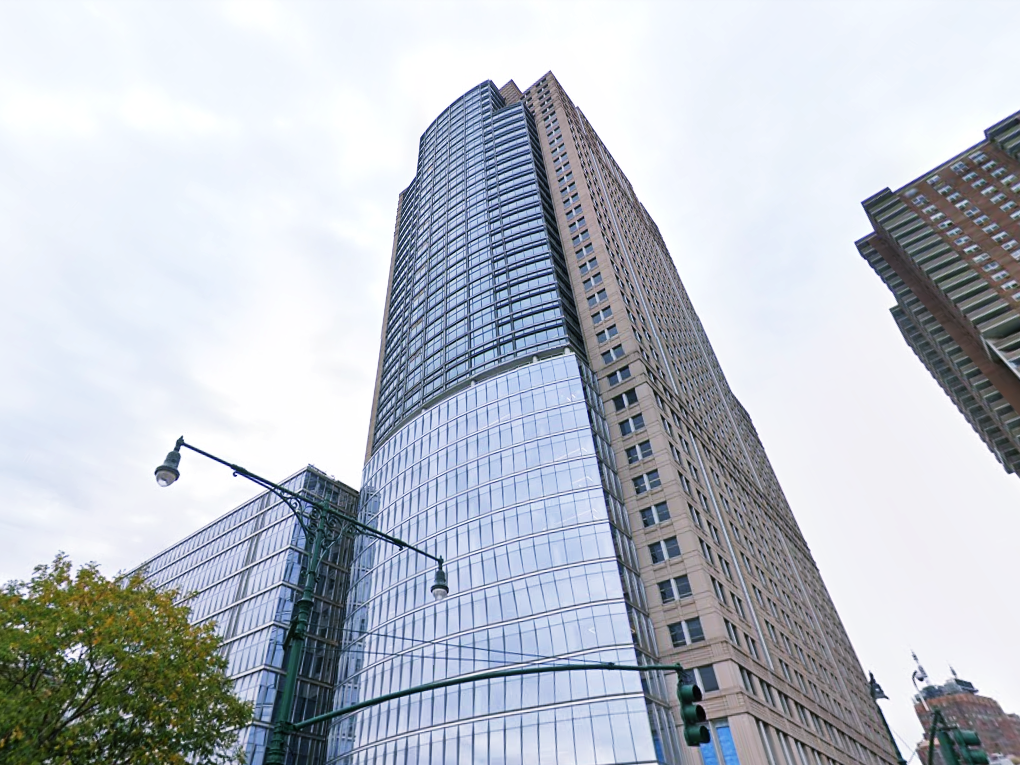
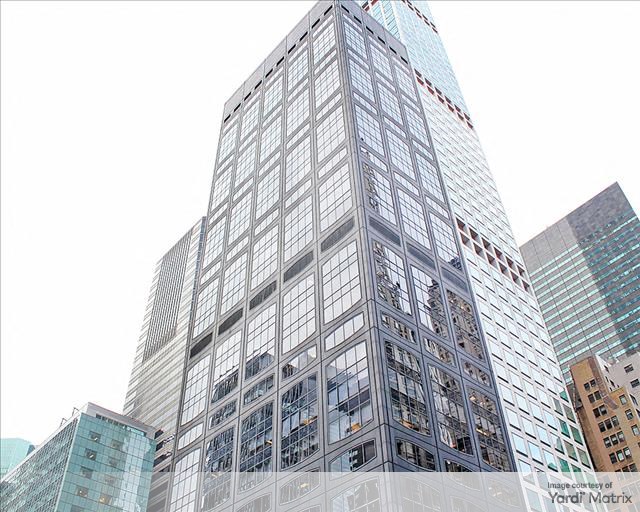
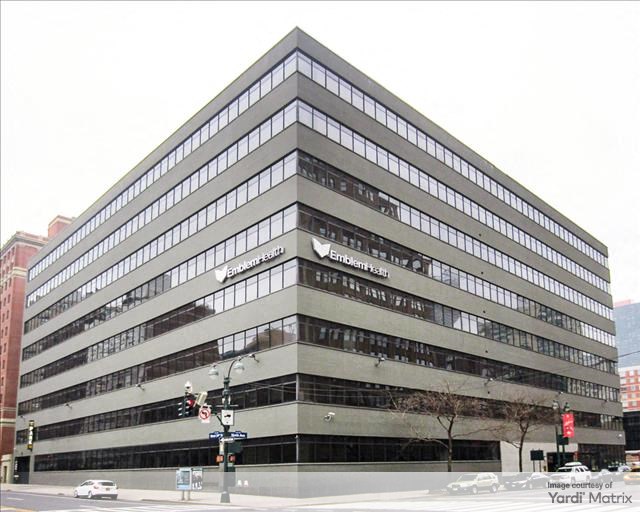
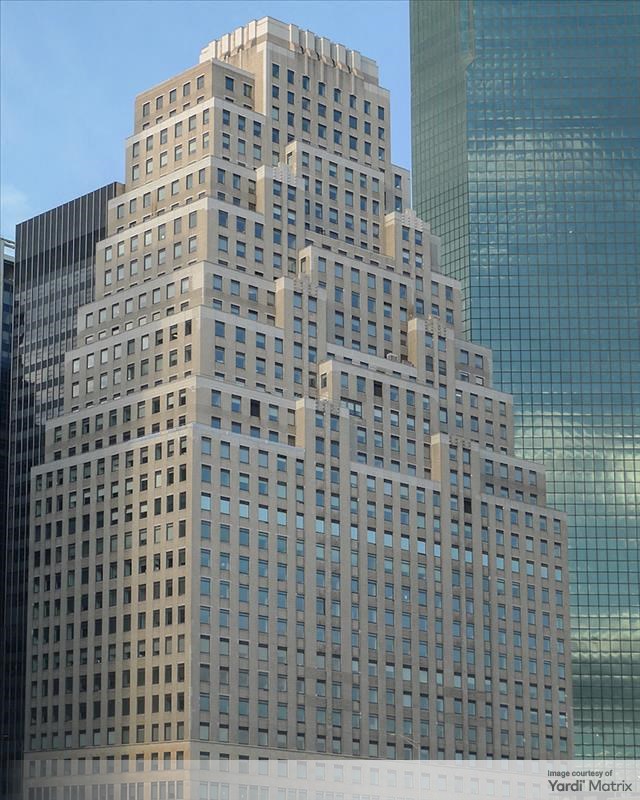
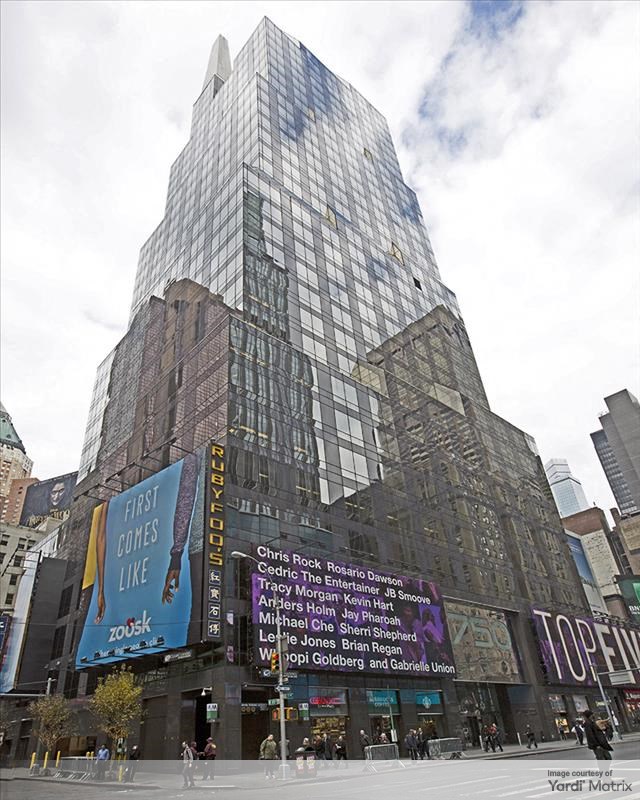
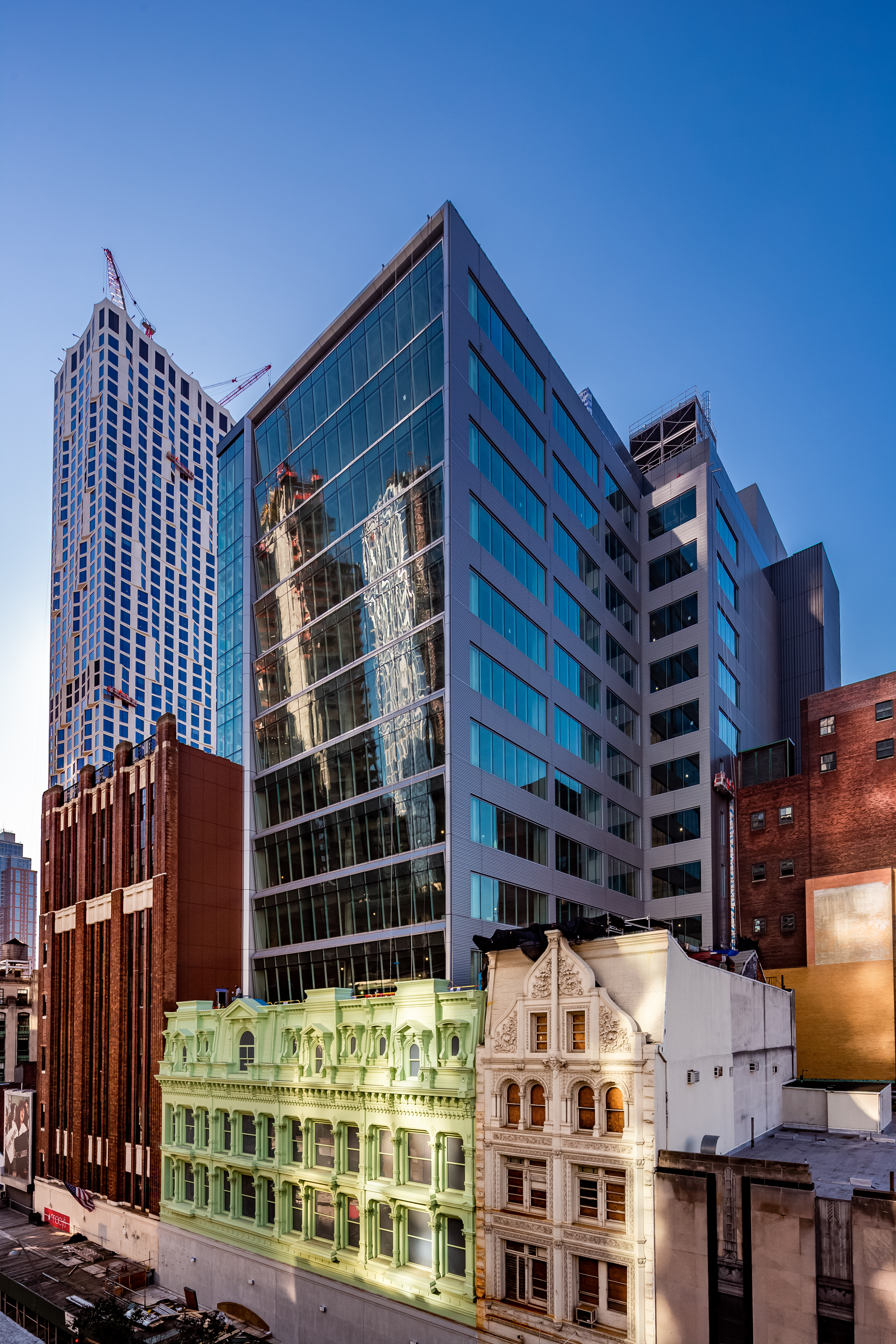
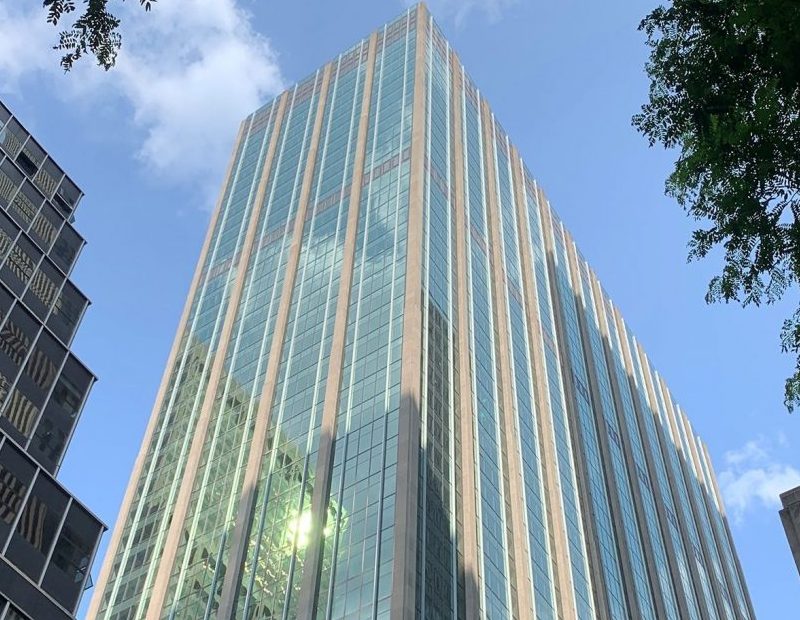
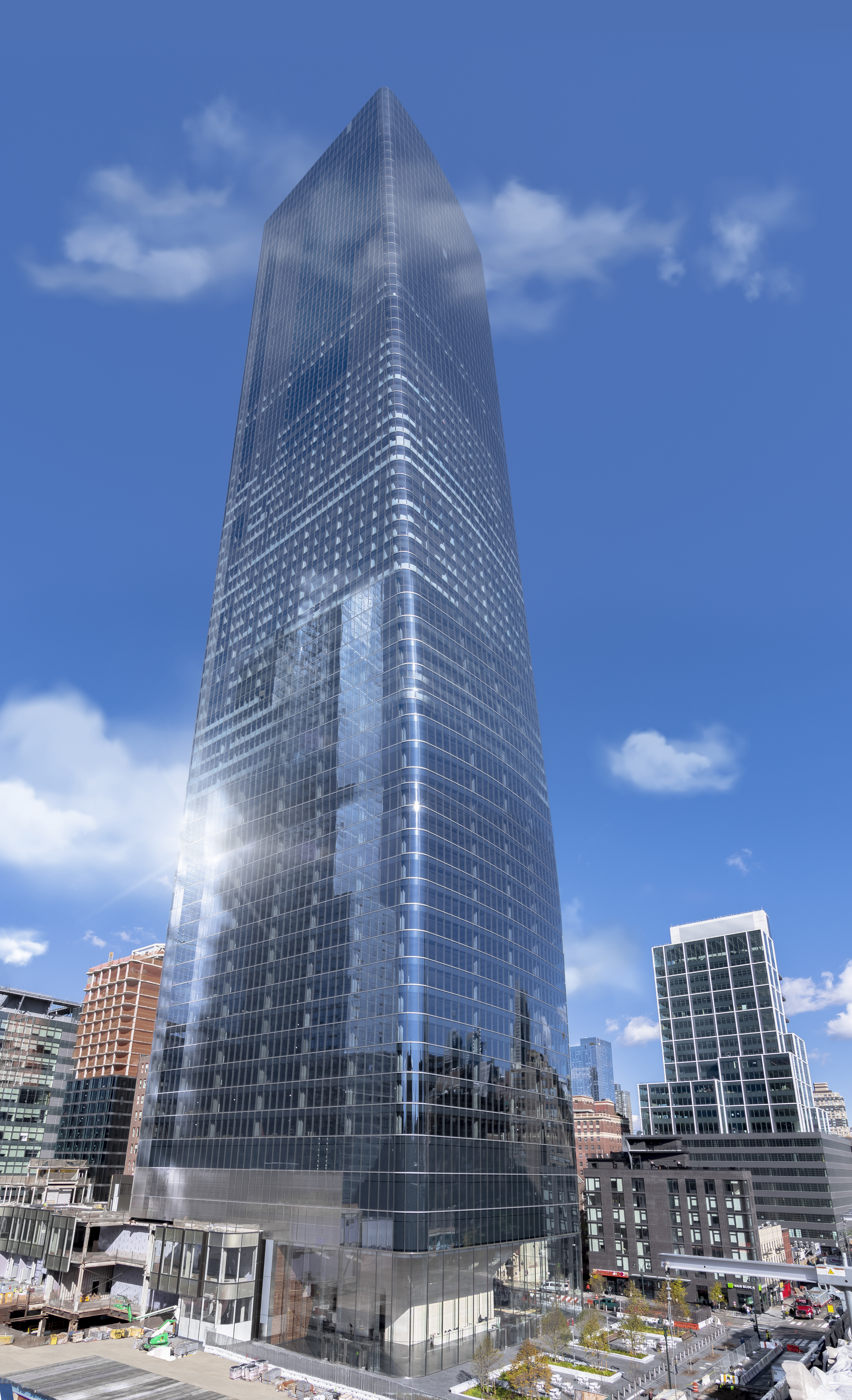
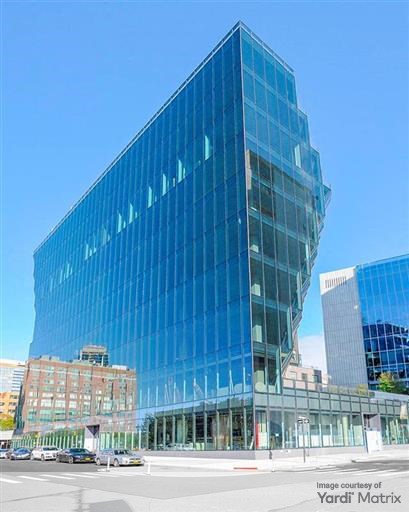
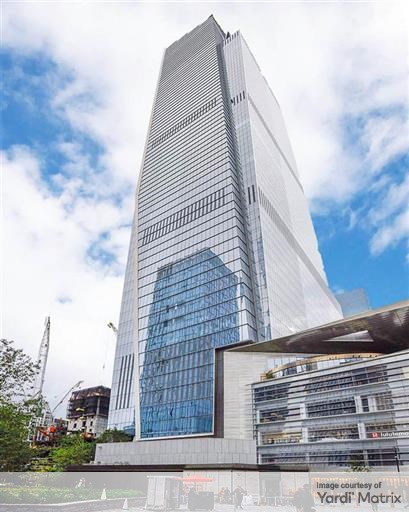






You must be logged in to post a comment.